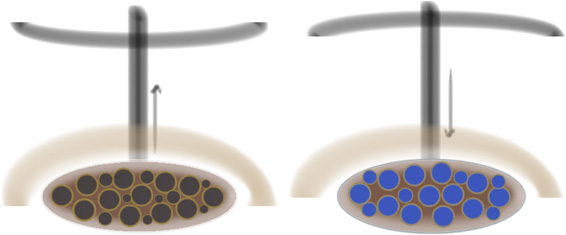Work package 2 | Geomechanical modelling of injection/depletion scenarios


Summary
Oil fields that have been producing for many decades offer geological storage space for captured CO2. Depleted oil and gas reservoirs can be injected with highly compressed liquid CO2, as they provide ideal storage space at naturally high fluid pressure conditions. The rock that originally prevented the oil from escaping from the reservoir over geological time, the caprock, is expected to also CONTAIN the CO2 and protect it from escaping. This work package looks at the ability of the caprock to maintain its mechanical integrity during the depletion, and during the subsequent re-inflation that will occur when CO2 is injected. Specifically, simulations will quantify the behaviour of the subsurface rocks under pressure and temperature conditions and a scale that cannot be reproduced in a laboratory. These models will be validated at smaller scales by laboratory experiments conducted at BGS. Our aim is to identify a range of safety measures required during CO2 injection, in order to avoid leakage of CO2 through the caprock.
Technical information
The work package will study the geomechanical deformation of the caprock during reservoir depletion and subsequent re-inflation due to CO2 injection. The main goal is to evaluate caprock failure as a function of long-term thermoporoelastic deformation for a range of injection scenarios, and to evaluate the impact of stress-dependent permeability on containment. Three dimensional simulations will account for poroelastic effect, due to post-depletion consolidation and re-injection swelling on existing fracture networks and faults, with specific focus on features at the caprock/reservoir interface. Numerical models will be validated using data generated by BGS. Our numerical simulations will serve to identify injection scenarios that may jeopardise containment.

